The MOST IMPORTANT part of your Ham Station is NOT your RIG!
 |
Over the last few weeks all over the planet Mother Nature has been rearing her ugly head with rounds and rounds of different types of devastating effects of Terrestrial Weather. For some of us in the Amateur Radio community Space Weather has not been a bed of Roses either.
How does this play into my Amateur Radio operating? It leads me to an ADAGE most of you may have read about in that the MOST IMPORTANT part of your Ham Radio Station is NOT your RIG. IT IS YOUR ANTENNA.
I've spent the better part of this summer checking all of my antenna for wear and tear, repairing those that needed and putting each one through their paces on my Nano NVA.
Due to unpredictable Terrestrial and Space Weather conditions, my HF operating and Parks on the Air operating have been somewhat diminished during the last few weeks. That has lead me to understand that in the waning period of Solar Cycle 25, I can likely expect the unexpected as we journey on the downside of this cycle.
As a result I've I've set aside my mono QRP band radios. I love my QRP Labs QCX minis but recent daily unpredictable HF band conditions limit my band options when conditions change unexpectedly. I've stating using my Yaesu FT-817 and FT-891 due to the multiple HF band options from 80 - 6 meters.
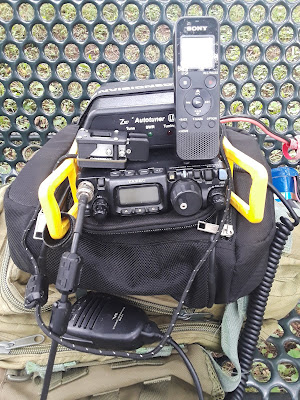 |
| Yaesu FT-817 |
 |
| Yaesu FT-891 |
Additionally, the same holds true for what antenna to take along. I've been using my Buddipole Deluxe Antenna system a lot lately due to its versatility.
 |
| Buddipole Dipole 40 Meter Configuration |
 |
| Buddipole Dipole 40 Meters |
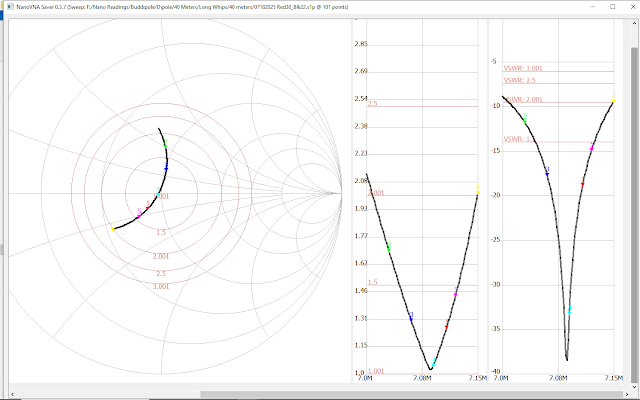 |
| Buddipole Dipole 40 Meters |

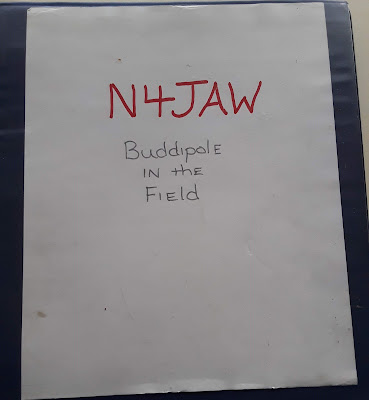


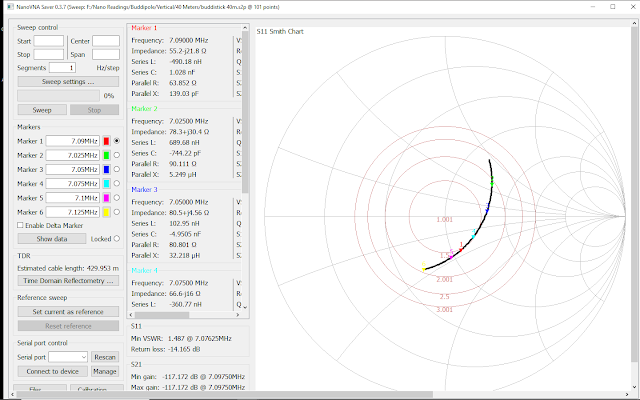

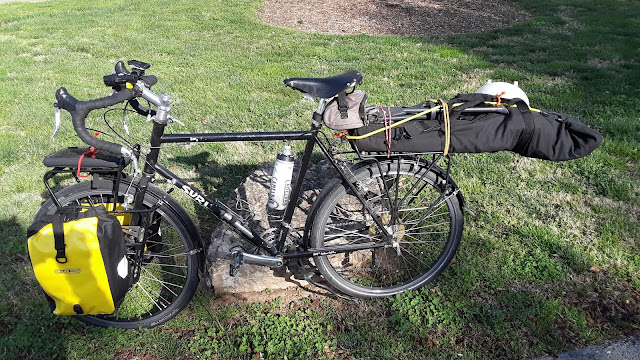



Comments
Post a Comment